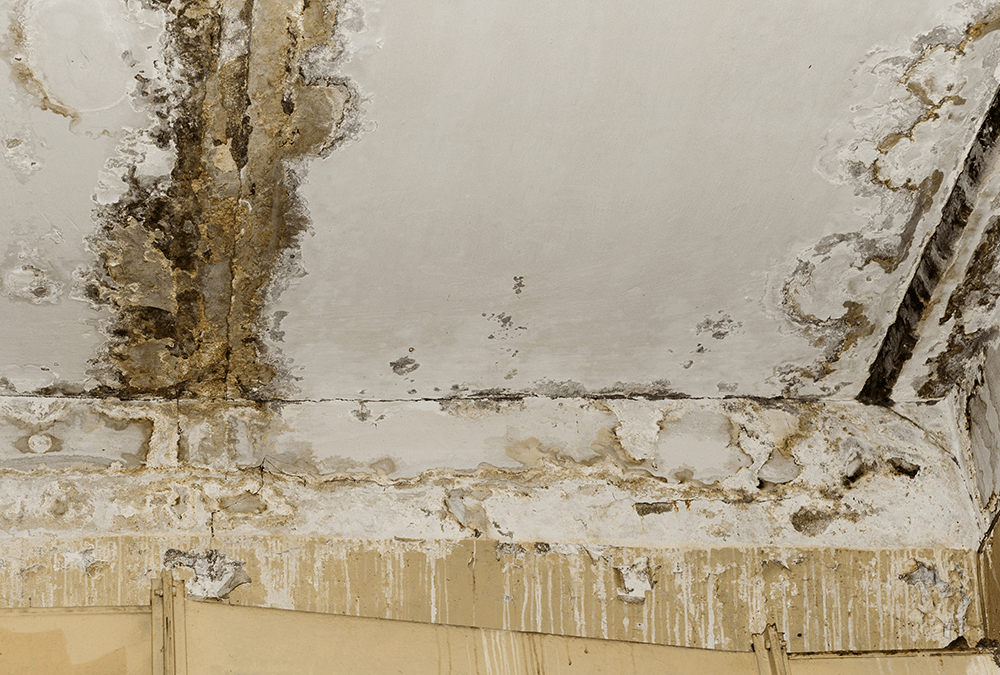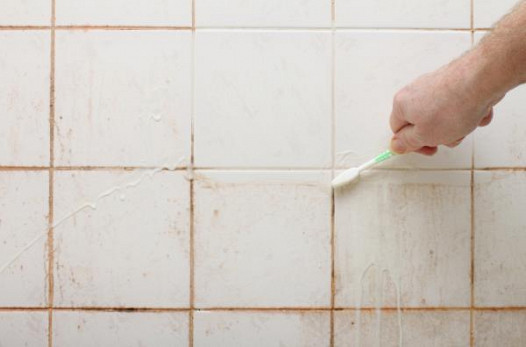Bathroom Water Damage - Ways To Stop This Happening
Bathroom Water Damage - Ways To Stop This Happening
Blog Article
The writer is making a number of great pointers regarding How to Fix a Water Damage Bathroom as a whole in the article underneath.

The shower room is extremely vulnerable for damp build-up and also possible water damages due to the frequent use water in it. This post provides simple assessment techniques to aid discovering water damage threats.
The regular use of water in the washroom makes it very vulnerable for damp accumulation as well as potential water damages. By examining it routinely, you can reduce water relevant damages.
The adhering to set of examinations is simple to perform as well as should be done as soon as in every three months in order to maintain your shower room in good shape and also to prevent possible water damages brought on by the tub, the shower, pipeline joints as well as plumbing, sinks, closets, and also the toilet
Do not forget carrying out these inspections as well as be thorough while doing them. Keep in mind that these easy examinations can save you a great deal of money by giving early indicators for water damages
Bathtub and also Shower
The shower and tub require special focus and upkeep. Check the ceramic tiles and also replace if split. Make sure that there is no missing cement between the ceramic tiles. Check and also replace fractured caulking at joints where the walls fulfill the floor or the bath tub. Clogged drains pipes and pipelines troubles will protect against the tub from drying out and might indicate major troubles below the bath tub. Consult with an expert immediately to prevent architectural damages. Take note of stainings or soft locations around the bathtub wall surfaces as they might indicate an interior leakage.
Plumbing
Signs for water damage are difficult to identify because a lot of pipelines are installed inside the wall surfaces.
Pay unique attention to flooring and also wall surfaces moisture as well as discolorations as they may suggest an undetectable plumbing trouble. Check wetness degrees in adjacent rooms also.
Sinks and also Cabinets
Sinks and also cabinets are subjected to wetness and also moisture daily as well as are commonly forgotten. Evaluate routinely under the sink as well as on the counter top over it. Fix any drip in the trap as it may suggest drainpipe troubles. Check out the sink, slow draining pipes may suggest an obstructed drainpipe. Change sink seals if they are fractured or loosened.
The Toilet
The toilet is a susceptible water junction. Inspect the water lines as well as look for leakages around the commode seat, in the tube, and under the water tank. If you spot any indications of wetness on the floor around the bathroom, check for leaks in the toilet rim as well as storage tank seals.
Understand that hanging bathroom bowl deodorants enhances the possibilities for blockages.
Water Damage Signs In The Bathroom To Avoid Cleanup
Musty smell
This is one of the easiest signs to catch because musty smells are so odorous. The damp, earthy, moldy smell should be a big red flag. The smell will develop when moisture gets trapped in surfaces, and begins to facilitate mold growth. Leaking pipes under cabinets, inside walls, and behind shower fixtures will cause moisture to stay trapped and not dry, which will lead to mold growth and spread. As soon as you notice any musty smells in your bathroom, have it checked for hidden water damage and cleanup signs.
Visible mold
If the smell isn’t there to give it away, sometimes you will actually see mold growth. Finding mold in your bathroom is a serious problem, because mold is very harmful to your health. By the time mold growth is visible, it also means that water damage has already occurred and been present for some time. The only way the mold problem can be resolved is to find the source of the moisture and get it stopped. To safely and adequately remove mold, you need to have professionals handle the remediation. Do not waste any time in getting mold problems addressed, fixed, and sanitized so that you can protect you and your family from the many respiratory symptoms caused by mold exposure.
Damaged floors
Bathroom floors should be able to withstand some exposure to water while still remaining in good condition. However, when excess exposure or water leaks occur, they will begin to damage even the most water-resistant flooring. If you notice any cracking, bubbling, staining, or warping on your bathroom floors, there is probably a water leak somewhere causing the distortion. If you notice areas of the floor have become softer, or even have a spongy feeling, there is probably damage to the subfloor. Subflooring is typically made up of plywood. When plywood is exposed to water or moisture, it will absorb it. Once it has become saturated, the weight of the excess water will cause the wood to swell and soften. Check the floors in your bathroom frequently to catch any of these sings before they lead to damaged subflooring.
Changes on walls
When water leaks behind walls, it will cause changes in the drywall. Peeling plaster, blistering paint, and soggy wallpaper are all good indicators that excess water is building up behind the wall. Water leaking behind drywall will cause it to swell and be soft to the tough. If you start to notice gaps along the trim of your walls, or where tile meets the wall, it could also be a strong indicator that there is a leak behind the wall. Any changes, distortion, or damage on the walls should be evaluated as soon as you notice it to prevent further water damage and cleanup.

As a serious reader on Preventing Water Damage in the Bathroom, I think sharing that piece of content was important. So long as you enjoyed reading our blog post kindly do not forget to pass it around. We treasure reading our article about Looking for Signs of Water Damage in the Bathroom.
Book With Us Today! Report this page